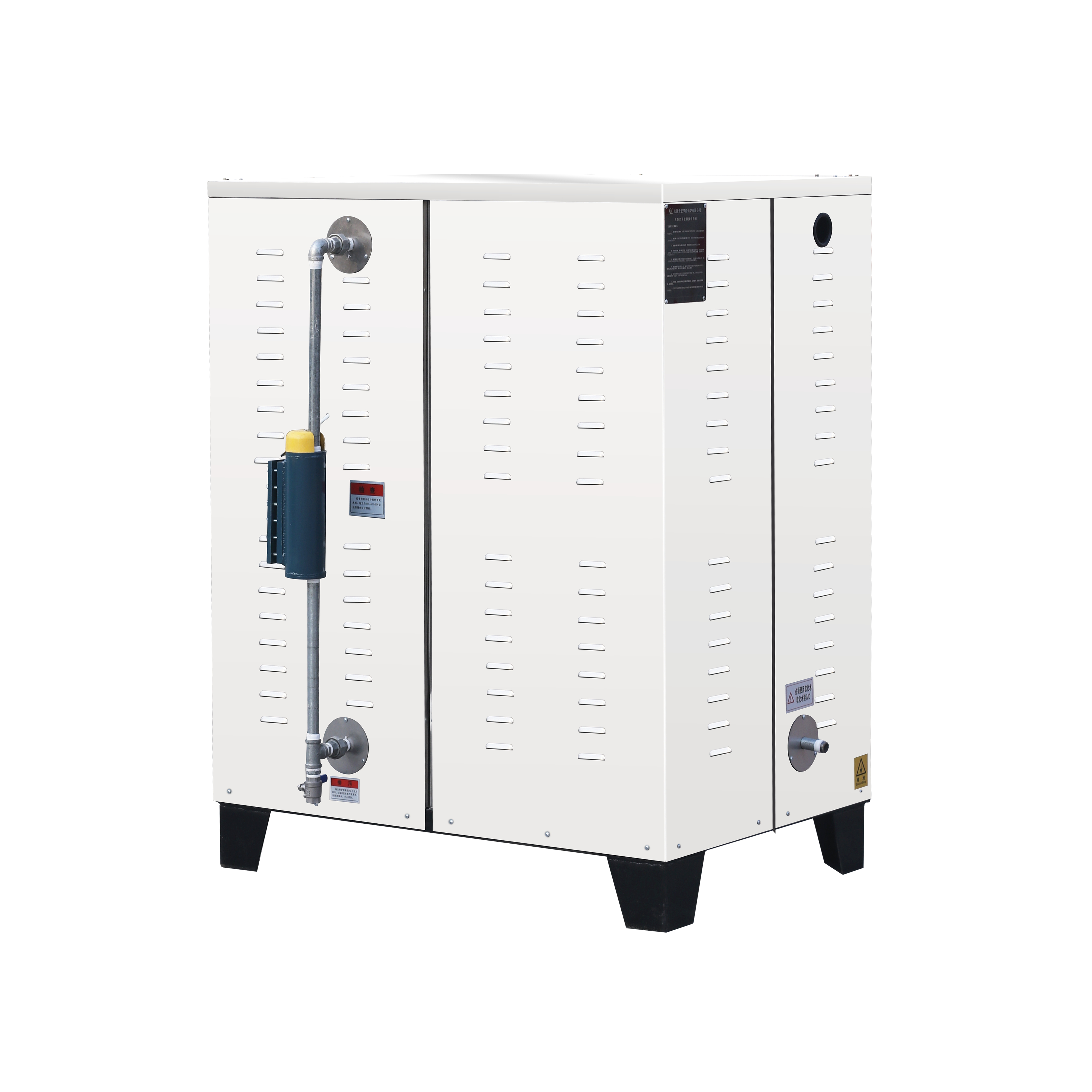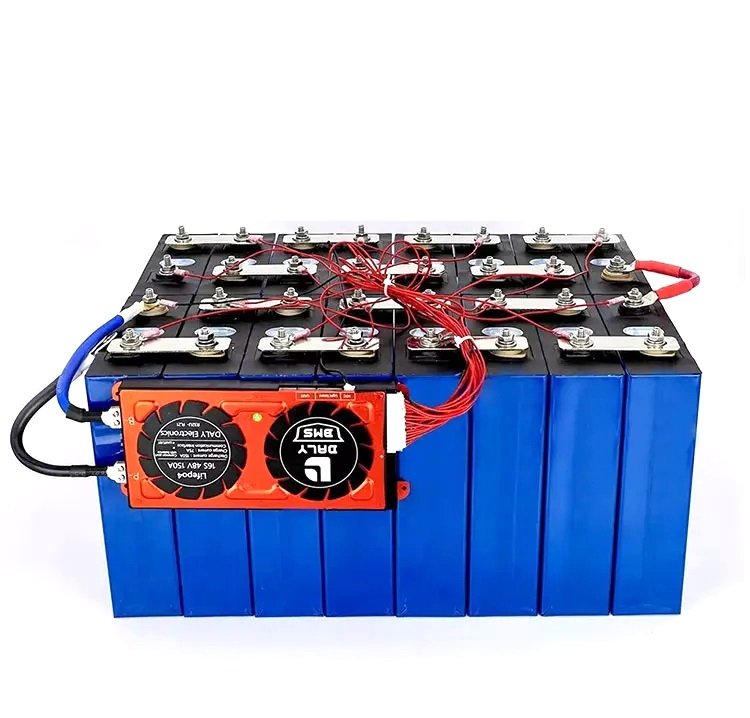When it comes to maintaining your vehicle, few components are as critical as the spark plugs. These small yet mighty devices play a pivotal role in igniting the air-fuel mixture within the engine, ensuring smooth operation and optimal performance. However, to effectively replace or service spark plugs, one must first understand the tools required, particularly the size of the socket needed for the task. In this comprehensive guide, we will delve into the intricacies of spark plug socket sizes, helping you make informed decisions for your automotive maintenance.
Understanding Spark Plug Sockets
Spark plug sockets are specialized tools designed to remove and install spark plugs. Unlike standard sockets, spark plug sockets typically have a rubber insert or a magnetic feature to securely grip the spark plug, preventing damage during removal or installation. The most common sizes for spark plug sockets are 5/8 inch (16 mm) and 13/16 inch (21 mm), but variations exist depending on the make and model of the vehicle.
Determining the Correct Socket Size
- Consult the Owner’s Manual: The first step in determining the correct socket size for your spark plugs is to consult your vehicle’s owner’s manual. This document often provides specifications for the tools required for maintenance tasks, including spark plug replacement.
- Check the Spark Plug Specifications: If you have access to the spark plugs themselves, you can check the size directly. Most spark plugs will have their size stamped on the hex portion. This can help you identify whether you need a 5/8 inch or 13/16 inch socket, or if a different size is required.
- Consider the Engine Type: Different engines may require different socket sizes. For instance, many American-made vehicles utilize 5/8 inch sockets, while some European models may require 13/16 inch sockets. Additionally, high-performance engines may have unique specifications, so it’s essential to verify the requirements for your specific engine type.
The Importance of Using the Correct Size
Using the correct socket size for your spark plugs is crucial for several reasons:
- Preventing Damage: An improperly sized socket can lead to stripped threads on the spark plug or the cylinder head, resulting in costly repairs. A snug fit ensures that you can apply the necessary torque without risking damage.
- Ease of Use: A correctly sized socket will allow for easier access to the spark plugs, especially in tight engine compartments. This can save you time and frustration during the replacement process.
- Ensuring Proper Torque: Spark plugs need to be installed with the correct torque specifications to function effectively. Using the right socket size helps you achieve the necessary torque without over-tightening, which can lead to breakage or improper sealing.
Additional Considerations
- Socket Length: Spark plug sockets come in various lengths. A standard length socket may suffice for most applications, but if you’re working in a confined space, a shallow socket may be necessary. Conversely, if the spark plugs are recessed deep within the engine, a deep socket will be required.
- Quality Matters: Investing in a high-quality spark plug socket can make a significant difference in your maintenance experience. Look for sockets made from durable materials, such as chrome vanadium steel, which can withstand the rigors of automotive work.
- Ratchet Compatibility: Ensure that the spark plug socket you choose is compatible with your ratchet. Most sockets are designed to fit standard ratchet sizes, but it’s always good to double-check.
Conclusion
Understanding what size socket to use for a spark plug is a fundamental aspect of automotive maintenance that can significantly impact your vehicle's performance. By consulting your owner’s manual, checking spark plug specifications, and considering the engine type, you can ensure that you select the appropriate socket size. Remember, using the correct tools not only prevents damage but also enhances your efficiency during maintenance tasks. With the right knowledge and equipment, you can keep your engine running smoothly and efficiently for years to come.




